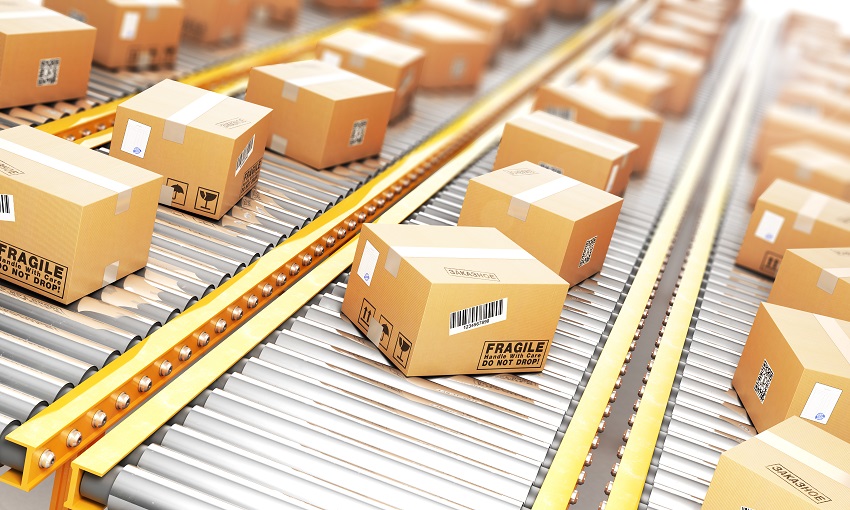Amazon has long been the front runner in ecommerce, and for several years it has been eyeing the logistics and transportation industry as well. the company has been moving away from its reliance on the major carriers by giving some of its business to independent, regional providers. Amazon has also been growing its fleet of private trucks allowing even faster shipping.
Although Amazon has downplayed its involvement in the logistics market, everyone is speculating that Amazon is positioning itself to deliver packages not only for itself, but also for other retailers. The intent seems to be that some retailers, especially those that sell through the Amazon marketplace, may find this is a more cost-effective way to fill orders and get them delivered.
It seems as though Amazon is ready to take its position in the transportation industry more seriously, as its latest SEC annual report 10-K noted intense competition in many of its markets. This year’s SEC filing added “transportation and logistics services” to the list of competitive markets, but did not mention any competitors by name.
The Price of Being a Major Player
Amazon is pouring millions of dollars into its transportation strategy in an effort to reduce the cost of delivery. The company’s shipping costs rose almost 30% in 2018, to $27.7 billion, with $9 billion being spent in the 4th quarter alone. This is a significant annual jump (to the tune of $6 billion) from $21.7 billion in 2017. Shipping is still one of the company’s biggest expenditures, at almost 20% of cost of sales last year.
The chart below, from Geekwire, demonstrates the steady climb of shipping costs for the retailer.
Amazon’s rising shipping costs are a direct reflection of its desire to be the fastest shipper in the online market and maintain more control over the customer experience. The popularity of the Amazon Prime program, now with over 100 million subscribers, has only added to the company’s shipping costs. Amazon noted in its SEC filing: “We seek to mitigate costs of shipping over time in part through achieving higher sales volumes, optimizing our fulfillment network, negotiating better terms with our suppliers, and achieving better operating efficiencies.”
Shipping more items through its own logistics network will help decrease these costs, but it comes at a price. New distribution hubs, an increased number of trucks and planes, and even more control in the ocean freight market have all been areas in which Amazon has made substantial investments. As another example, last month Amazon signed a deal with Air Transport Services Group to lease another 10 aircraft to service its in-house logistics network. Amazon has the right to a 33% share in the company, which may indicate that Amazon is looking to buy it in the future.
Amazon’s expansion into the transportation market and desire to have more control over its shipping operations has caught the attention of FedEx and UPS, both of whom have also publicly downplayed Amazon’s involvement in the market. If Amazon is just as aggressive in the logistics industry as it is in the ecommerce market, expect to see the e-tailer eating up market share soon.


